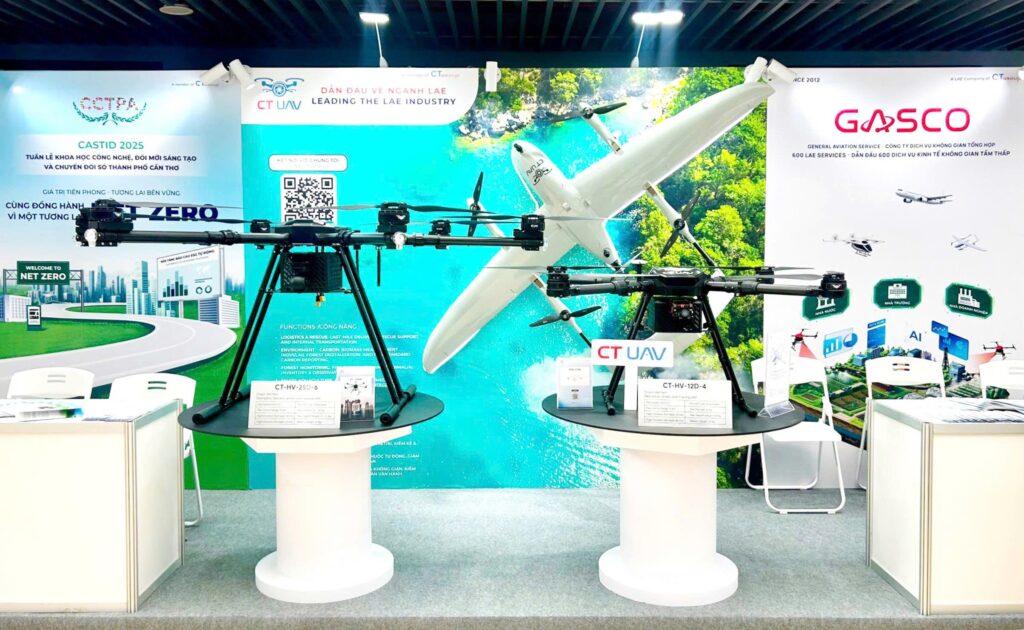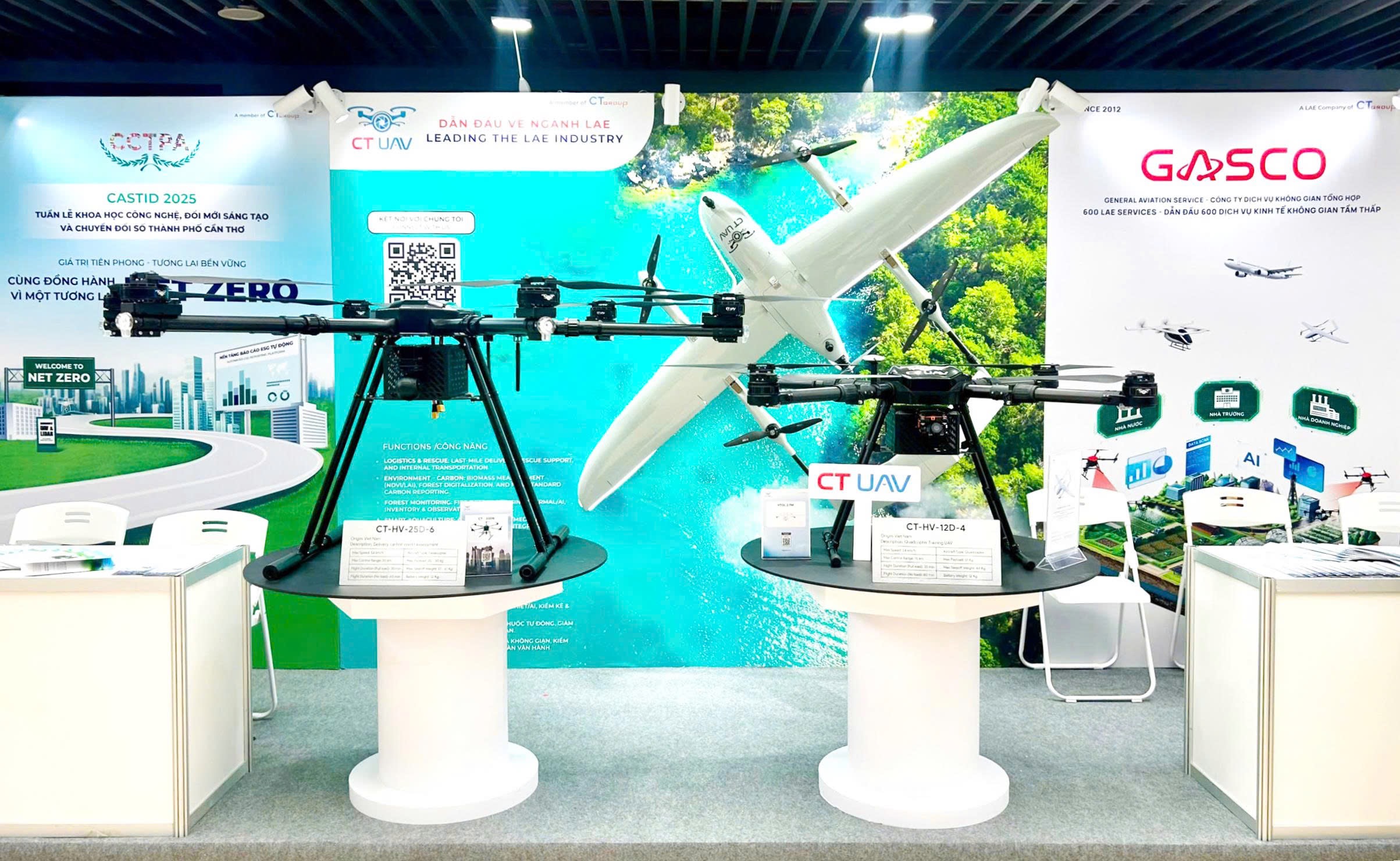The ADC chip design developed by Vietnamese engineers officially introduced in late June has not only created a “seismic shock” within the technology community but also marked a significant breakthrough in the national digital transformation journey. This can be considered a major leap forward for Vietnam’s semiconductor industry, and it affirms the capability to self-design chips and master core technologies by Vietnamese engineers – specifically from Diginal, a member company of CT Group.
A strategic technology product for every country
In this era of comprehensive digital transformation and the growing development of digital twins, smart devices and systems must be able to “sense,” “understand,” and “respond” accurately to the real world. ADC (Analog-to-Digital Converter) and DAC (Digital-to-Analog Converter) chips are key “bridges” that enable the collection and conversion of physical signals into digital data. These functions create the foundation for simulation, optimization, and real-time operation – which are core factors in building digital twins and accelerating digital transformation across all industries.
Many people still do not fully understand what this chip is actually capable of. When this question was posed to ChatGPT, the AI application responded that ADC and DAC are indispensable “bridges” that allow electronic devices to interpret and interact with the surrounding world. ADC converts analog signals – such as sound, light, or temperature into digital signals for chip processing, while DAC performs the opposite task, converting digital signals into analog outputs that control speakers, motors, or sensor systems.
In the fields of security and defense, ADC and DAC chips are integrated into radar systems, precision-guided weaponry, unmanned aerial vehicles (UAVs), and surveillance and navigation systems. In smart agriculture, they support sensors that measure moisture, temperature, and soil quality, and help control automated irrigation systems, thereby optimizing productivity and conserving resources. For autonomous vehicles, ADCs and DACs play a crucial role in camera systems, LiDAR sensors, radar, and intelligent driving assistance systems, enabling vehicles to detect and respond to real-world conditions rapidly. In AI-powered and consumer electronics devices, these chips are found in microphones, headphones, smart speakers, and virtual reality (VR) devices, enabling smooth and lifelike reproduction of sound and imagery. In healthcare, they are applied in ultrasound machines, heart rate monitors, and diagnostic imaging devices (CT, MRI), enhancing the precision and reliability of diagnosis and treatment. As such, ADCs and DACs are regarded as indispensable “bridges” between the physical and digital worlds, playing a foundational role in today’s technological era.
More importantly, semiconductor chips are the key to comprehensive digital transformation, enabling the construction of digital twins for complex systems, and supporting the real-time connection, analysis, and processing of massive volumes of data. Mastering semiconductor chip technology means possessing the “key” to building an independent digital economy, enhancing national competitiveness, and safeguarding digital sovereignty in the modern era.

Why Is the ADC Chip Important for Vietnam?
In the third phase of digital transformation – the most advanced stage, focusing on Artificial Intelligence (AI), the Internet of Things (IoT), Big Data, and comprehensive automation, the ability to digitize the physical world becomes a fundamental requirement. The ADC (Analog-to-Digital Converter) chip plays a core role in enabling this capability.
From a technical perspective, the ADC is responsible for converting continuous analog signals (such as sound, light, temperature, or pressure) into digital signals, allowing microcontrollers (MCUs), FPGAs, or AI systems to process and make decisions quickly and accurately.
Key technical parameters such as resolution, sampling rate, and noise level directly determine the accuracy, reliability, and overall performance of the system.
In today’s digital transformation landscape, systems require real-time data acquisition and the ability to handle massive volumes of information with ultra-low latency. The ADC serves as the gateway that connects billions of sensors across IoT platforms, powers industrial robots, controls autonomous vehicles, optimizes smart manufacturing processes, and supports precision medicine applications.

On June 29, Chairman of the Ho Chi Minh City People’s Committee, Nguyen Van Duoc, and Chairman of CT Group, Tran Kim Chung, jointly officiated the launch of the ADC chip design.
For Vietnam, the ability to independently design and develop ADC chips not only enhances national technological capabilities but also elevates the country’s position in the global value chain, especially in front-end design and system-level optimization, which are the stages that generate the highest added value. Mastering core technology reduces dependence on imported strategic components, increases the localization rate, and ensures quality control and security from the very first stage.
More importantly, the ADC chip serves as a foundational element in the development of digital ecosystems ranging from smart cities, smart grids, and precision agriculture, to digital healthcare solutions. This marks a critical stepping stone for Vietnam to develop high-tech, high-intelligence “Make in Vietnam” products capable of competing on the global stage.
Therefore, the ADC chip is not merely an electronic component, it is considered a “technology key” that will enable Vietnam to make a breakthrough in the era of comprehensive digital transformation and affirm its position on the global technology map.








